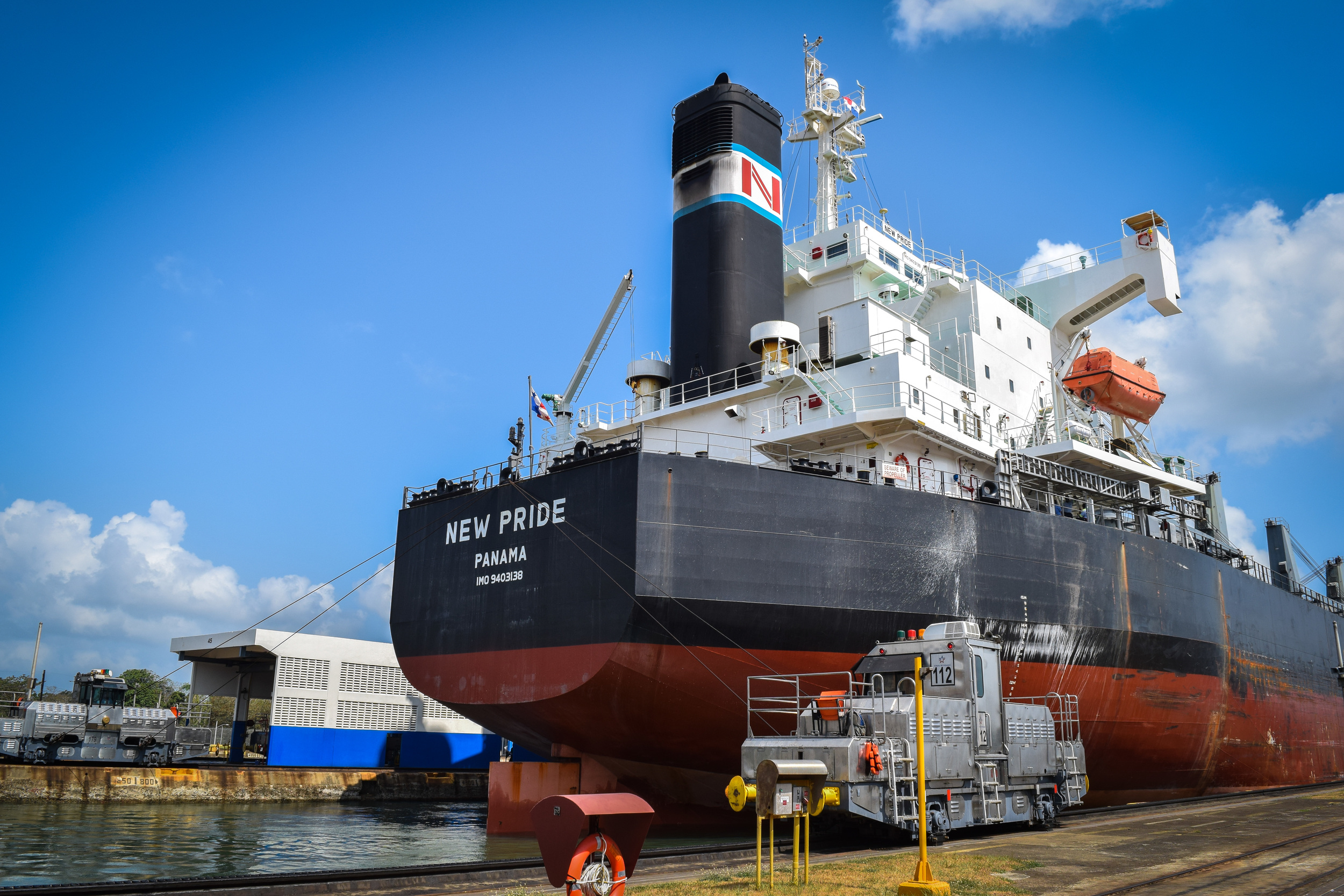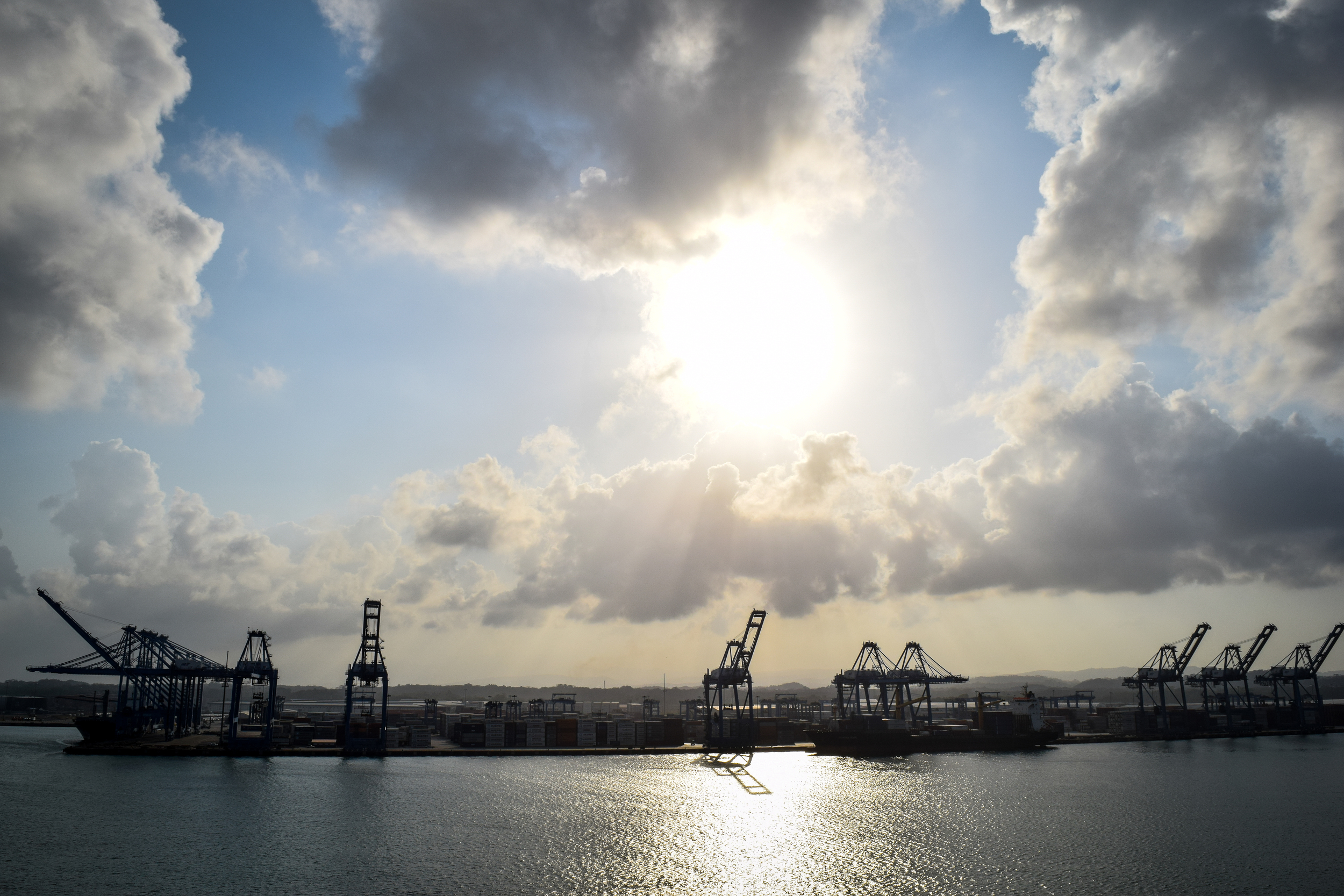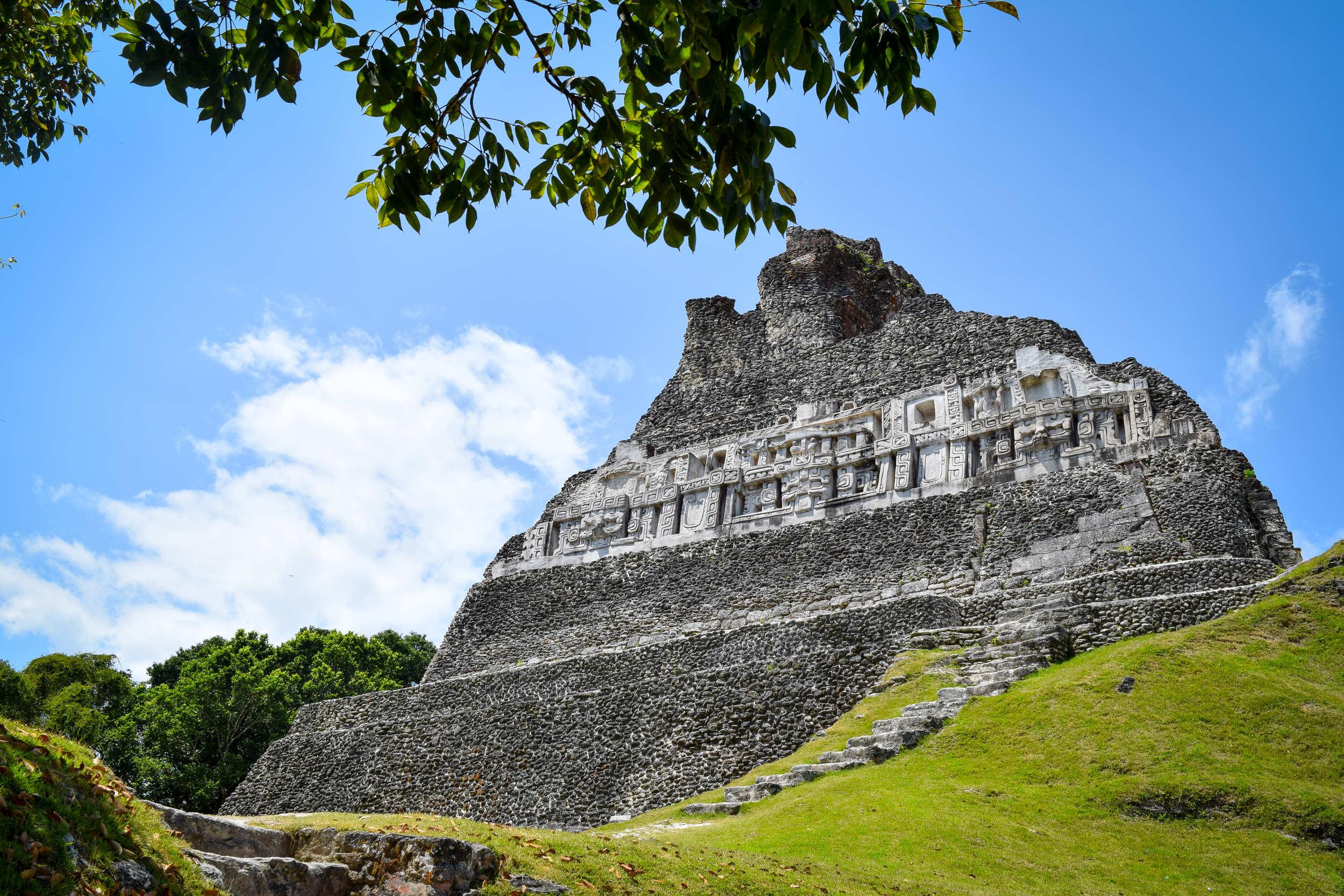Delve into History at Fort San Lorenzo
Mention to anyone that you’re heading to Panama and the conversation will invariably turn to the world famous Panama Canal. While the Canal should not be missed (it is considered to be one of the architectural wonders of our world), Panama has no shortage of other interesting sites, and the historic ruins of Fort San Lorenzo are just the place to delve into the nation’s intriguing past.
A bloody history
Built upon a cliff overlooking the mouth of the Rio Chagres, Fort San Lorenzo was originally constructed in 1595 by the Spanish as a means to protect their trade routes and defend against pirates trolling along Panama’s Caribbean coast.
First ambushed by Sir Francis Drake in 1596, Fort San Lorenzo went on to be destroyed by legendary pirate Sir Henry Morgan in 1671, who then continued his campaign across the country to seize control over Panama City. After the attack by Morgan, the fort was rebuilt in 1680, but was again destroyed in 1740 by the British. Several years later, Fort San Lorenzo was rebuilt for a final time, the remains of which stand today.
Despite its bloody history, the fort is well preserved and includes stout stonewalls, old black cannons, an empty moat, and shadowy arched chambers (which I was told not to enter due to the possibility of encountering scorpions).
Along with the fortified town of Portobelo, Fort San Lorenzo was declared a UNESCO World Heritage Site in 1980.
Walking along the outer edge of the fort and looking out to sea, it’s not difficult to imagine what it must have been like hundreds of years ago to spot a pirate ship on the horizon, and the sense of impending doom it carried with it.
Land protected
Fort San Lorenzo falls into a 12,000-hectare area known as the San Lorenzo Protected Area (SLPA), a government protected expanse of Panamanian coastline, wetlands, rain forest, mangrove thickets, and lush jungle which is home to hundreds of different types of flora and fauna, as well as the Rio Chagres watershed.
This enormous area located near the northwestern entrance of the Panama Canal is currently part of the Mesoamerican corridor of protected zones extending all the way from Guatemala in the north to the Colombian border in the south.
Driving the winding road in the SLPA that leads to the fort, you’ll see much of the natural ecosystem from the roadside. Common sightings include dozing sloths, monkeys playing in the canopy, and tropical birds.
Visiting Fort San Lorenzo
In contrast to the bustling viewing platforms at the Panama Canal, Fort San Lorenzo is a quiet, peaceful attraction rarely overrun with tourists. Some might be bothered by the fact that the fort has no markers or signs highlighting the site’s significance and history, but I think this is what makes the place so special. At Fort San Lorenzo you can simply walk around at your leisure and allow your imagination to drift back in time to when pirates ruled the Caribbean waters.
If you’d rather dive into the details of Fort San Lorenzo’s history, you would be best suited to book a tour through a local guide. I visited the fort on an organized day trip with Almiza Tours that also included a stop at the Panama Canal, and various stops throughout the rain forest for wildlife spotting. This tour included a knowledgeable guide, air-conditioned mini van, fresh fruit, ice-cold beer, water, and glass bottled Coca-Cola.
Keep in mind that the majority of the fort is in direct sunlight, and while the cool breeze coming off the ocean can feel deceptively refreshing at the time, be sure to wear sunscreen. Although there are plenty of shaded spots around the site to cool off, don’t forget your sunglasses, a hat, and drink plenty of water.
Almiza Tours generously offered me a discount for the Fort San Lorenzo tour. However, all opinions are, as always, my own.


